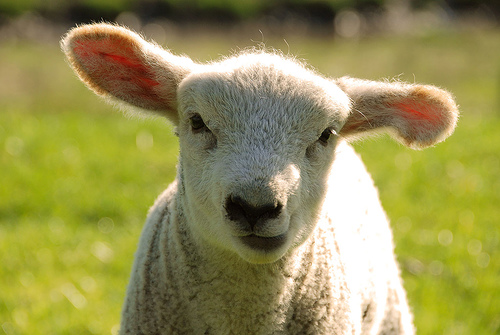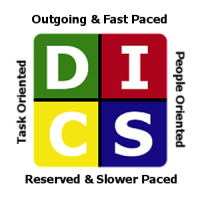In one way or another, I have commented on this common difference between people in this blog and in other articles. It seems that I have, in many cases, made the point in an indirect way. Today, I … [Read more...]
Being Too Nice Can Hurt You
A few weeks ago, I read an interesting article titled On the Job, Nice Guys May Finish Last. The title immediately caught my attention, and I had to take a look. In reading the article, I saw an … [Read more...]
Communication Tips: Connecting With Reserved, People-Oriented People
One way to improve your communication effectiveness is to communicate in a way that best fits the other person's DISC behavioral style. When you find yourself communicating with a person who is … [Read more...]
Communication Tips: Connecting With Outgoing, People-Oriented People
One way to improve your communication effectiveness is to communicate in a way that best fits the other person's DISC behavioral style. When you find yourself communicating with a person who is … [Read more...]
The DISC Model of Human Behavior – A Quick Overview
As a teenager and young adult, I thought people were totally irrational and unpredictable. In my thirties, I learned about patterns of behavior that people tend to follow in many areas of their lives … [Read more...]





